Scientists Fear ‘Giant Mercury Bomb’ in the Arctic as Permafrost Continues to Melt
As Arctic permafrost continues to thaw, scientists are growing increasingly concerned about a looming environmental threat. Beneath the frozen ground lies a significant accumulation of mercury—a toxic substance that could have far-reaching consequences if released.
This “giant mercury bomb” is beginning to make its presence known as temperatures in the region rise rapidly, leading to the permafrost melting at an unprecedented rate.
Record-Breaking Heat in the Arctic
The Arctic is experiencing temperatures never seen before, with Svalbard’s archipelago recording a high of 20.3°C on August 13, 2024. This shatters the previous August record of 18.1°C set in 1997.
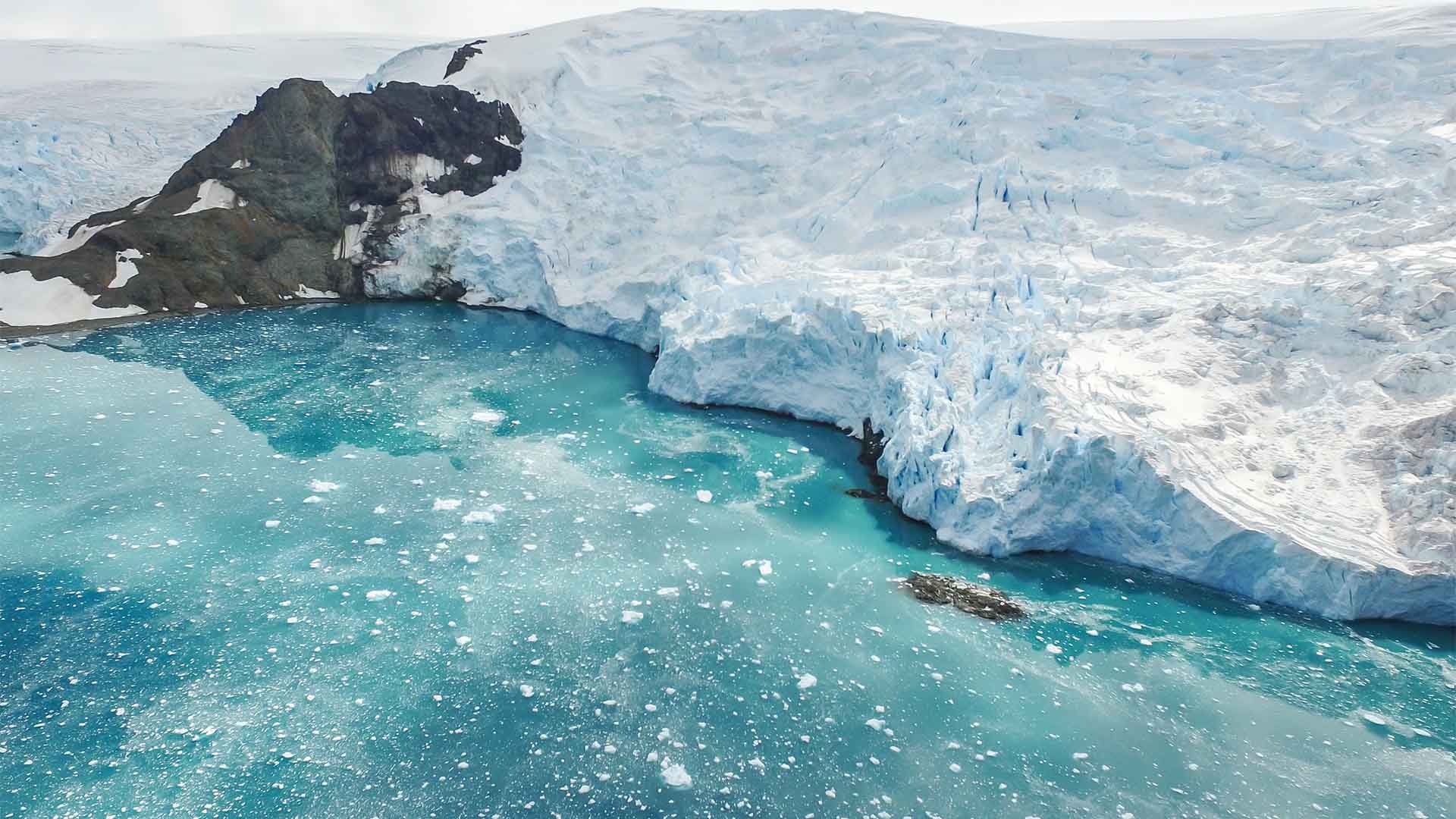
Source: Alessandro Dahan/Getty Images
Such extreme warmth is not just an anomaly but a sign of the rapid climate change impacting the region. These temperature spikes are accelerating the thawing of permafrost, which could unleash the trapped mercury.
The Mercury Bomb Beneath Our Feet
Scientists warn that the Arctic’s permafrost holds vast amounts of mercury—more than what’s found in the atmosphere, oceans, and all living organisms combined. Over the centuries, airborne mercury, primarily from burning coal, has settled into the Arctic’s frozen soil.

Source: Wikimedia
As the ground thaws, this mercury is released into the environment, potentially leading to catastrophic outcomes for both ecosystems and human health.
The Alarming Findings from the Yukon River
A recent study focused on Alaska’s Yukon River revealed troubling results. Researchers discovered high mercury levels in riverbanks and sandbars, indicating that significant amounts of this toxin are already making their way into the water.
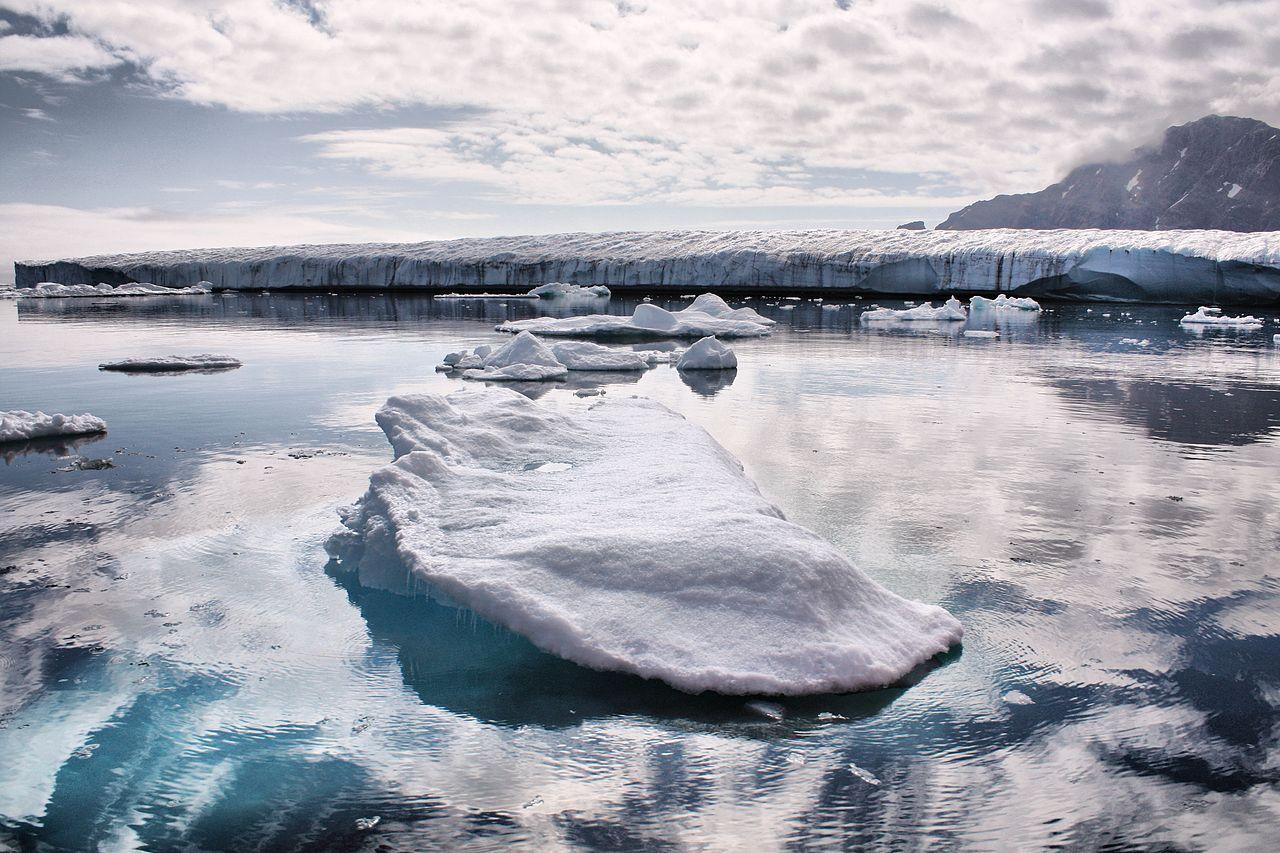
Source: Wikimedia
These findings align with the highest estimates from previous studies, suggesting that the situation could be even worse than initially feared.
The Journey of Mercury to the Arctic
Mercury has been accumulating in the Arctic for centuries, primarily due to industrial activities. Air currents carry mercury emissions northward, where the toxin is absorbed by plants and eventually deposited in the soil.
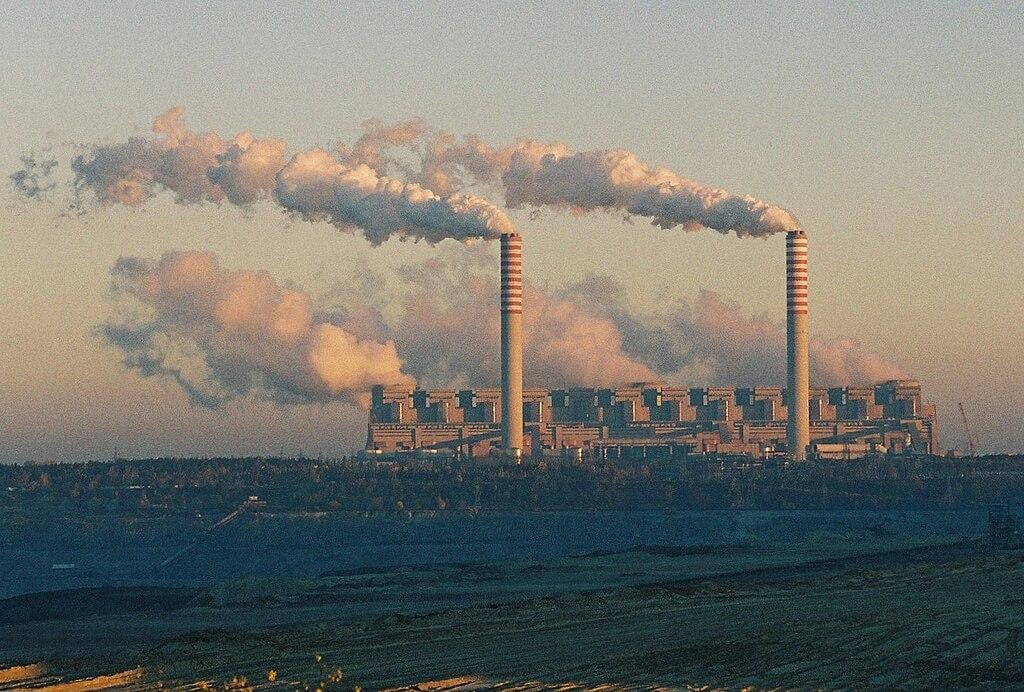
Source: Wikimedia
The Arctic’s cold climate historically locked away this mercury in permafrost, but as temperatures rise, the permafrost melts, releasing this toxic legacy back into the environment.
How Melting Permafrost Affects the Food Chain
The release of mercury into Arctic waterways poses a significant threat to the food chain. Once in the water, mercury can be transformed into methylmercury, a highly toxic form that accumulates in fish and other marine life.
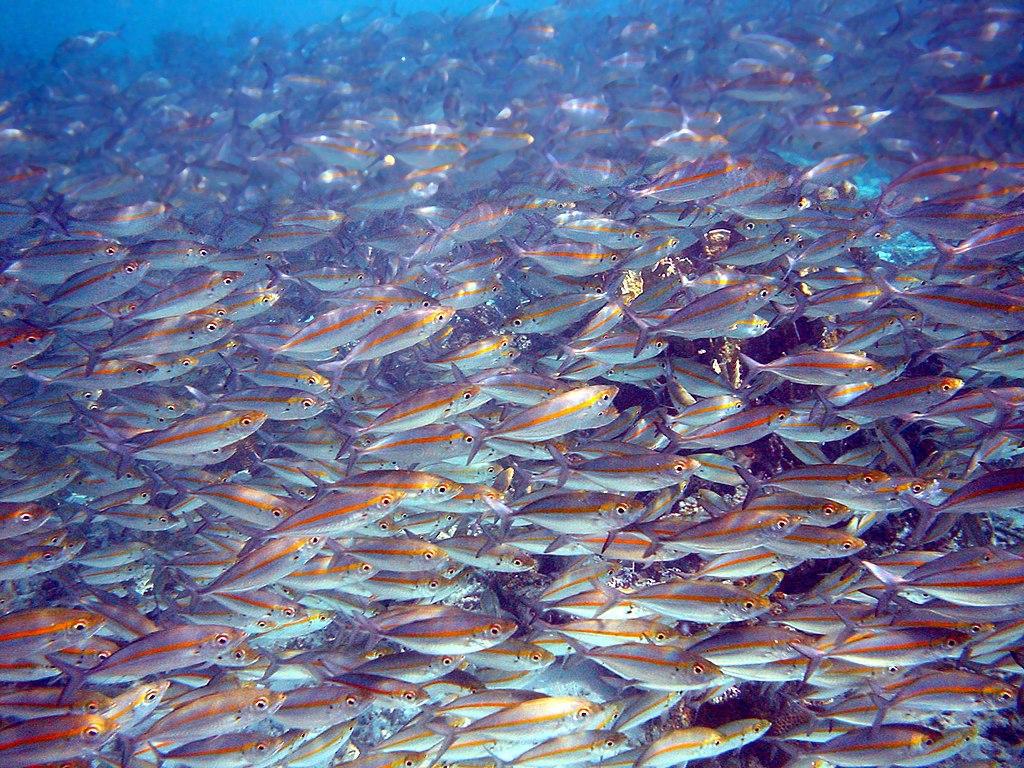
Source: Wikimedia
This can have severe consequences for the wildlife that depend on these organisms for food, and for the indigenous communities that rely on these species for sustenance.
The Scale of Arctic Warming
Since 1979, the Arctic has warmed nearly four times faster than the global average, according to studies by Finnish and Norwegian researchers.
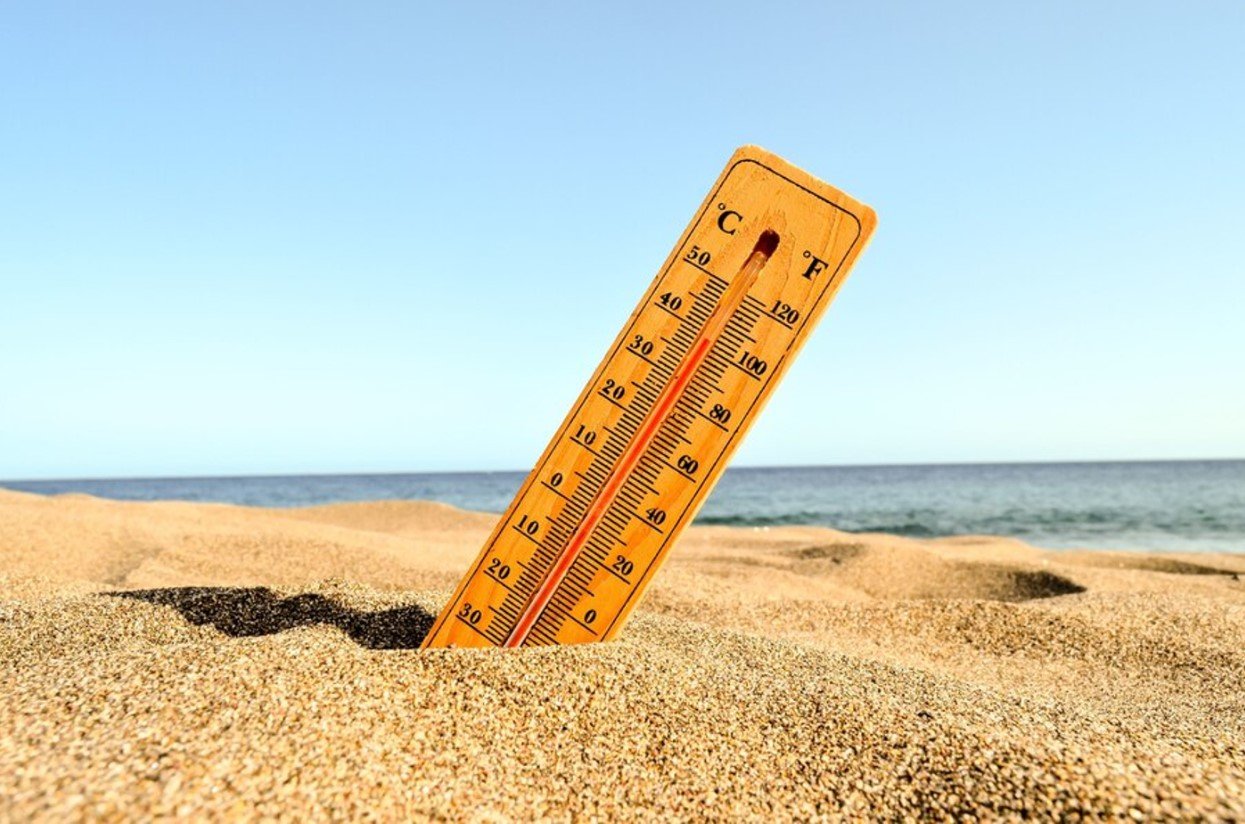
Source: Freepik
This rapid warming is directly linked to the accelerated melting of permafrost, which in turn is releasing mercury at potentially dangerous rates. The ongoing climate changes in the Arctic are setting the stage for an environmental disaster.
A Sign of the Times
The recent record-breaking temperatures in Svalbard are more than just a weather event—they’re a clear indicator of the dramatic changes occurring in the Arctic.
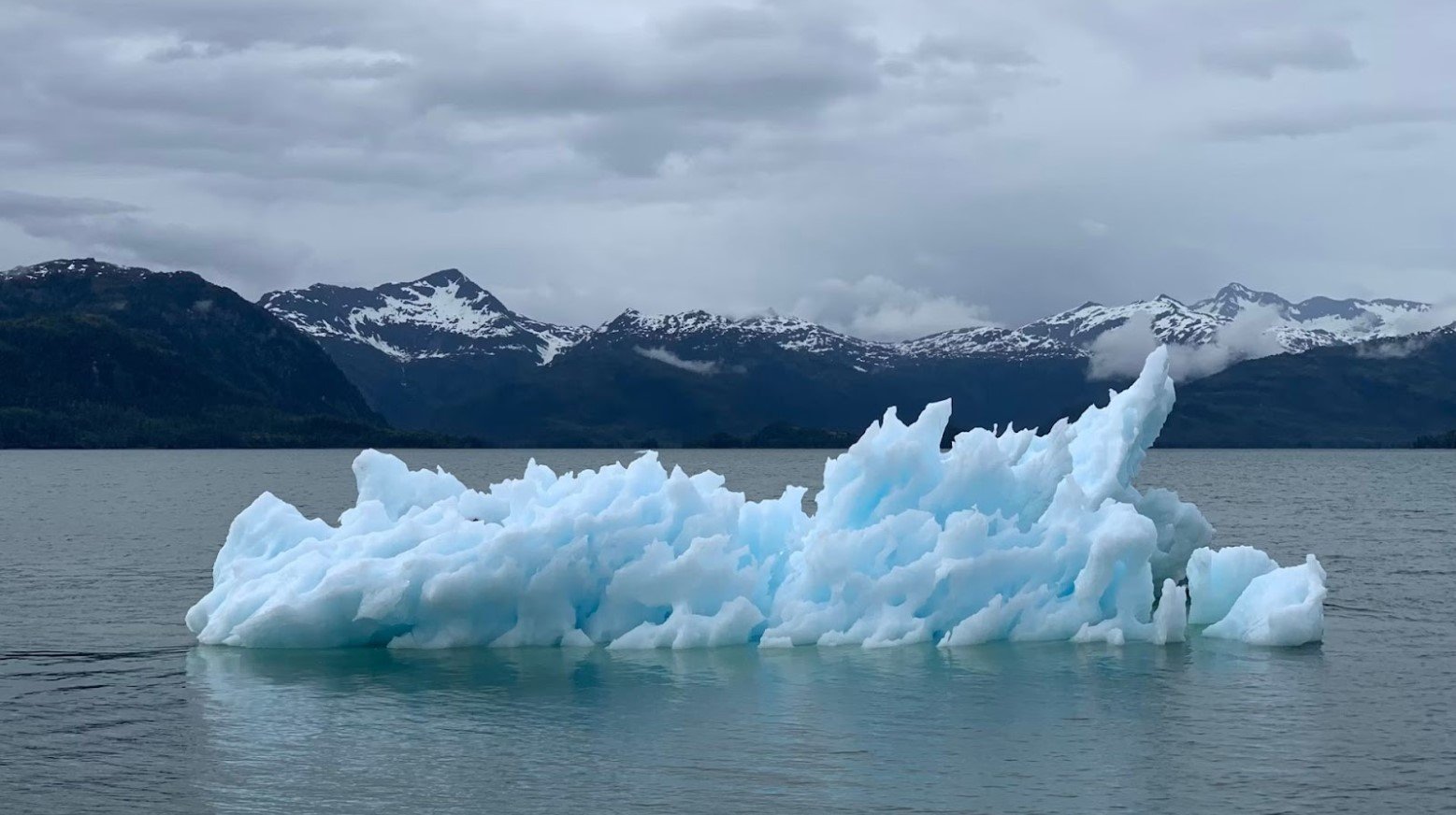
Source: Melissa Bradley/Unsplash
These temperature records are part of a pattern of increasingly warm conditions that are exacerbating the permafrost melt and the associated release of mercury.
The Potential Health Risks of Mercury Exposure
Mercury exposure is particularly dangerous for humans, affecting the nervous system and leading to serious health issues. As mercury enters the food chain, it poses a risk not only to wildlife but also to the people who consume contaminated fish and other marine life.
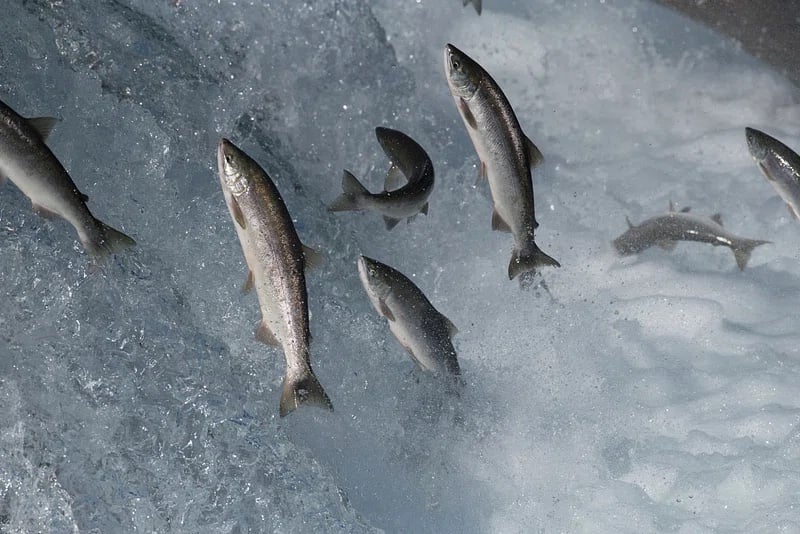
Source: rawpixel.com / National Park Service
The indigenous populations in the Arctic, who rely heavily on these resources, are particularly vulnerable.
What Lies Ahead for the Arctic
As the Arctic continues to warm, scientists are racing to understand the full impact of the melting permafrost and the mercury it contains.
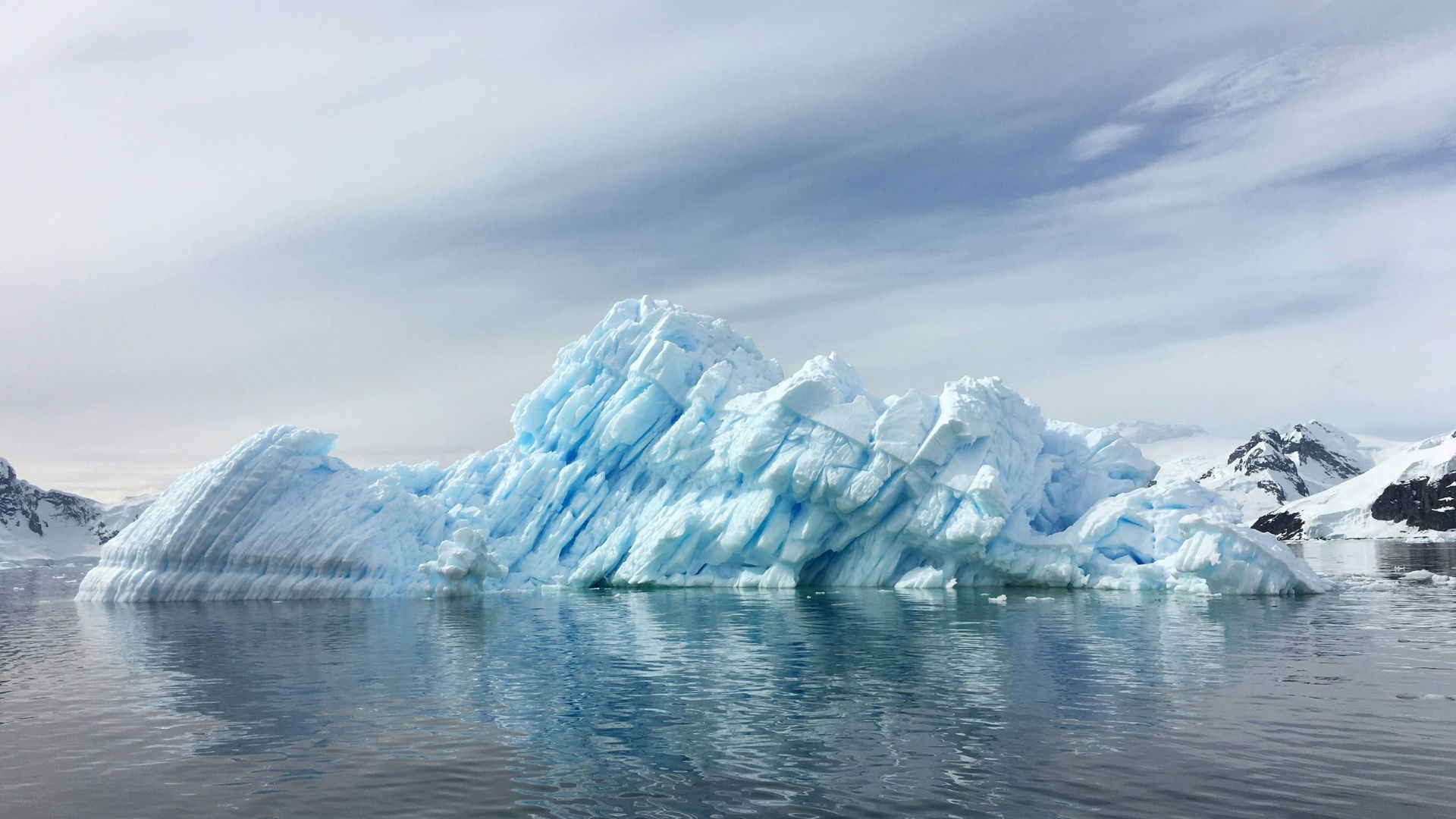
Source: Cassie Matias/Unsplash
The “giant mercury bomb” is a ticking time bomb, and its potential detonation could have devastating effects on the environment, wildlife, and human health. The situation calls for urgent attention and action to mitigate these risks.
What Can Be Done?
Addressing the release of mercury from permafrost requires a multifaceted approach. Reducing global mercury emissions, slowing Arctic warming, and monitoring mercury levels in the environment are critical steps.
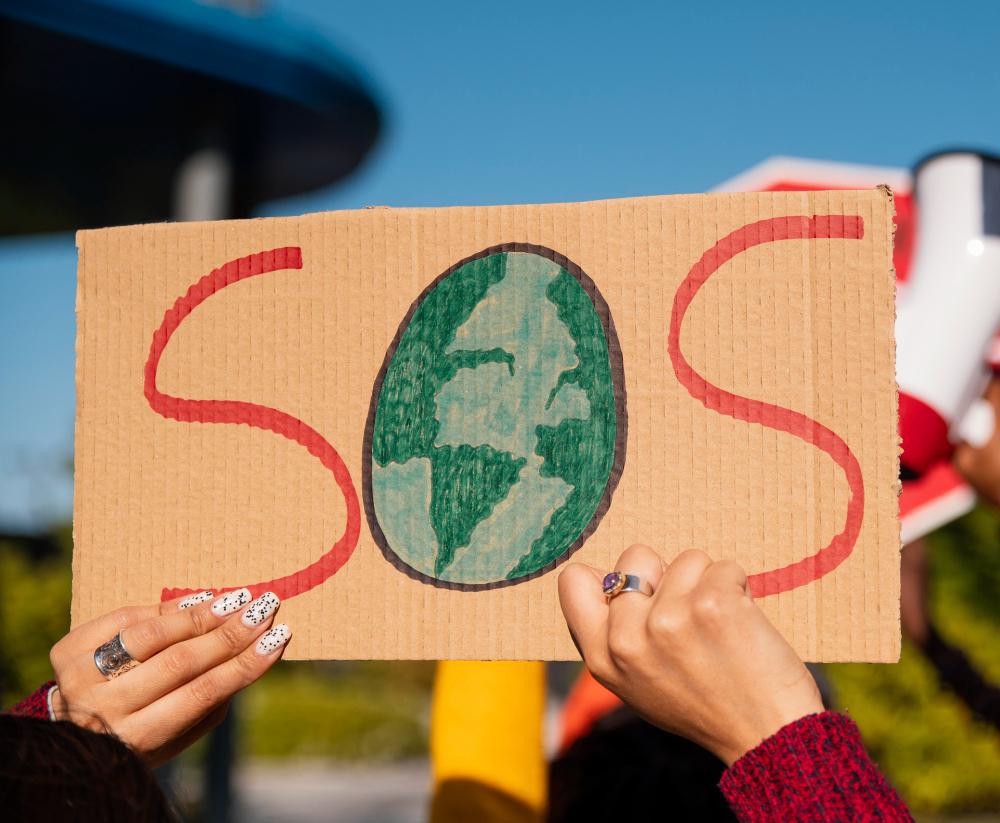
Source: Freepik
Additionally, protecting vulnerable communities and ecosystems from mercury exposure is essential as we navigate this unfolding crisis.
A Call to Action for the Future
The threat in the Arctic conveys the broader challenges of climate change. As global temperatures continue to rise, the urgency to act becomes ever more apparent.
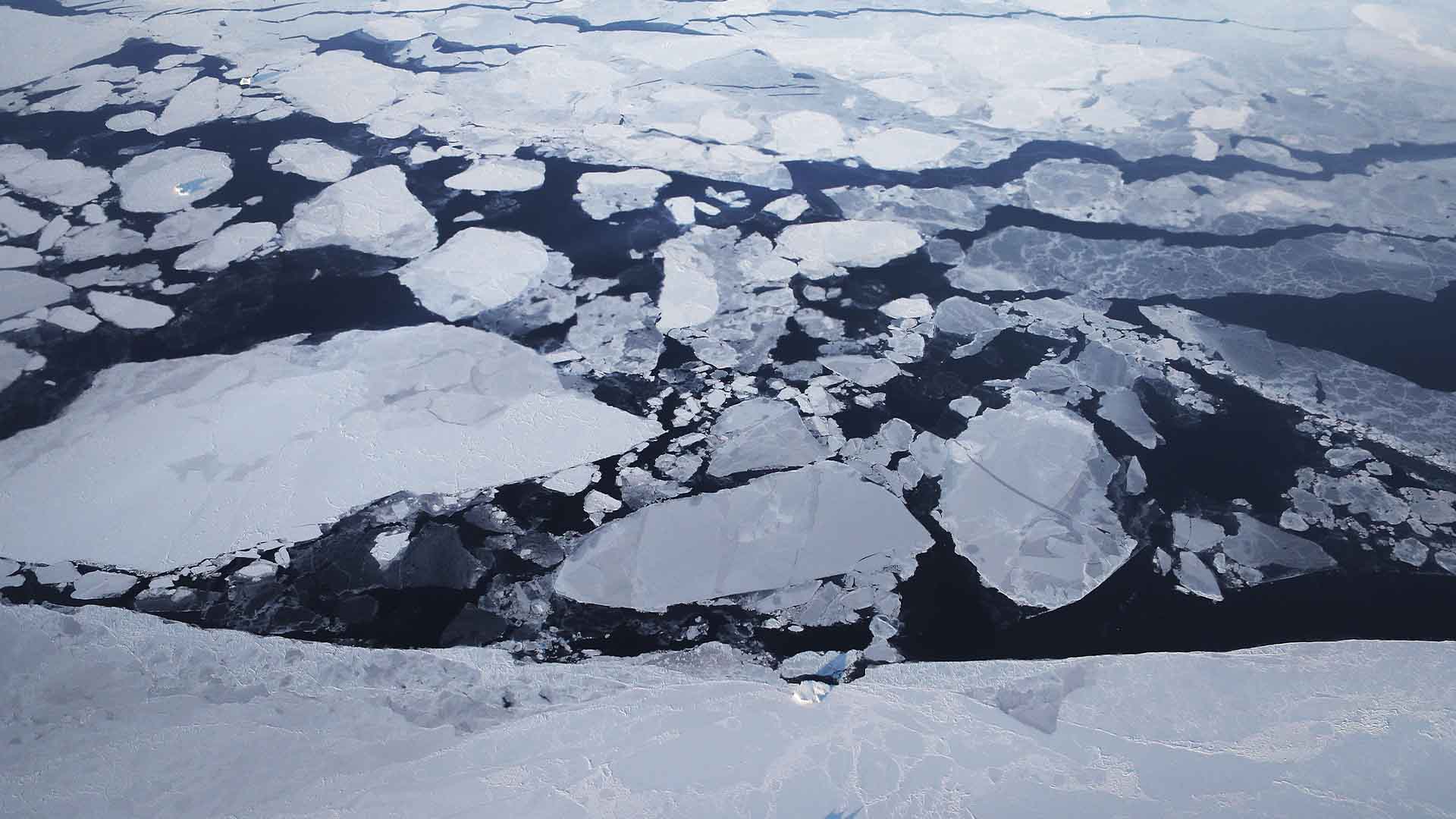
Source: Mario Tama/Getty Images
This crisis in the Arctic serves as a stark reminder of the interconnectedness of our planet and the need for global cooperation to protect our environment and future generations.
